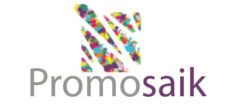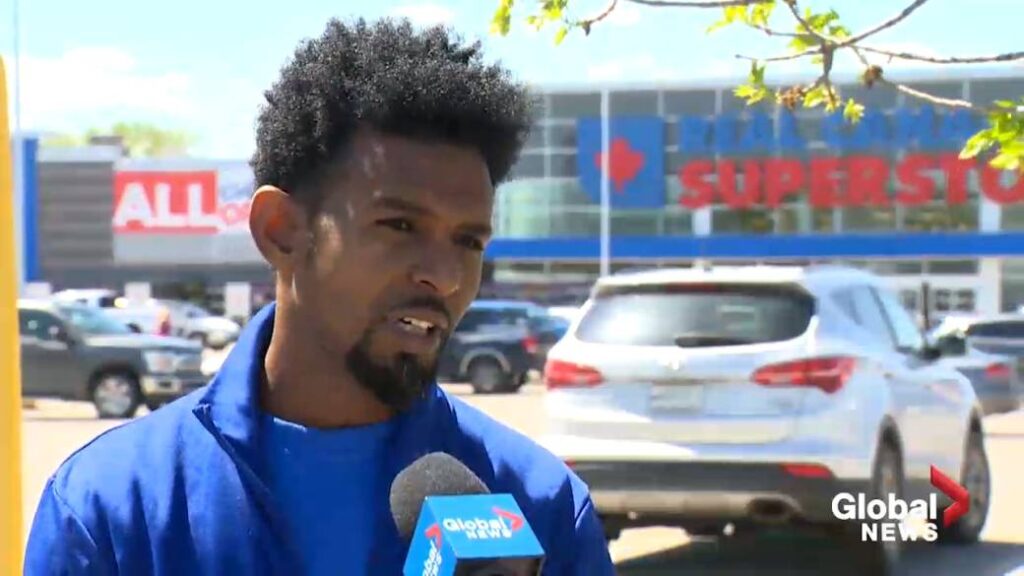While COVID-19 has heightened hardships for those enrolled in language classes and programs, language instructors and researchers say it has also highlighted innovative learning practices that could be applied in Canada, to work towards better supporting education.
The communities engaged in second-language learning classes range from newcomers and refugee families learning English for jobs and life in Canada to children in immersive programs developing an additional skill.
Diana Ospina is the senior manager of language programs at Mosaic, a non-profit organization that serves immigrant, refugee, migrant and mainstream communities in B.C.
She says even though the organization offered blended in-person and online classes prior to the pandemic, providing procedures and training for remote workers was a learning curve for both teachers and students.
“It was a lot of work to do a needs assessment to find out the gaps — what do people need, what are people comfortable with?” She adds they also had to make sure technology was compliant.

Astrid VanderPol, an instructional developer at Mosaic, adds the team had to create a lot of support for the students who had gaps in digital literacy skills.
“When you go fully online, there are so many things the students need to be able to do, and we had to create a whole bunch of videos like how do you even log into Zoom,” says VanderPol.
“For the lower-level (students), it’s quite a challenge to be able to make materials in a way that is easy for them to understand.”
The pandemic has also impacted students’ learning outcomes by limiting their exposure to the second language they are learning, says Becky Chen, a professor at the Ontario Institute for Studies in Education (OISE).
Chen, who has also worked on multiple language projects such as one that focused on Syrian refugee families, adds socioeconomic status is another important factor to consider.
“Most refugee families are low-income. I think we all know that the pandemic affects low-income families more … So they have these additional challenges in terms of language learning,” she says.
“Some parents have many resources where other parents have very few.”
Diana Burchell, a PhD candidate at OISE who works with Chen, says initially there were a lot of links missing to ensure families were provided with adequate support, like culturally competent information and access to devices.

“There was a lot of foresight missing … The information was only provided in English, so anyone who had trouble reading English might not have been able to access that information,” she says.
Burchell adds disseminating electronic information for families who don’t have stable wi-fi access or devices provided yet another barrier.
“Families who need the most were able to access it the least, which is really tough,” she says, pointing to an example of a family who had three kids doing online school and were all trying to do it on one parent’s iPhone.
While Burchell says things have gotten better in comparison to the beginning of the pandemic, she says there hasn’t been a systemic response to help families facing barriers.
Chen adds, for her son with autism, it has been hard to focus during online learning and there are a lot of kids with special needs who have had trouble using devices.
“There isn’t really a good workaround for that, so kids who have trouble eye-tracking, who have trouble with computer screen brightness, any of those special needs … haven’t been able to get tech that accommodates them,” says Burchell, adding it is still being developed and is often expensive.
For parents who are concerned about their families or children who are struggling, Burchell emphasizes their wellbeing is the most important thing.
The potential of expanding opportunities
While it consisted of a lot of work, Ospina says Mosaic has been able to build a community of people who have become more informed digitally.
“Accessing language training helps them also figure out how to access banking, medical, retail, online opportunities,” she says.
For teachers, VanderPol says technology has also given them a chance to be innovative and explore their teaching practices, pointing to some classes where they have created Moodle books, audio and video lessons as well as forums for feedback.
“The amount of learning that’s happening is really quite incredible,” she says.
VanderPol adds whatever is happening in the world will come into class, including COVID-19. For instance, Mosaic has been offering resources on how to read signs in different stores — like ones that flag only two people are allowed in at once.
In addition to language training, Ospina says that a goal of hers has been to connect people with their community by giving them the knowledge they need to engage. She points to ensuring there are translated or multilingual options being relayed to students.
“We understand that not all newcomers are in or connected to settlement-serving organizations so these folks can go and start talking to their networks, their families, their friends,” she says.
Digital readings have provided a positive outcome for her own son taking language lessons, says Chen.
“You can have books on a Kindle or a laptop or even read on your phone. In terms of media, there’s a variety of ways to read, and these new technologies offer new opportunities,” she says.

When it comes to working towards better supports, Ospina says it is important for federal and provincial supports to acknowledge the digital divide that exists and to work towards promoting, funding and developing accessible programs to various populations.
“There’s a lot of things that people have to take into account: inclusion and diversity, are there white colonial practices involved, socioeconomic background and all of that,” says Ospina.
Chen adds she hopes policymakers can put more resources into education, from providing PPE to teachers to tech support for low-income families.
There needs to be a systemic response, Burchell says, adding it is important to have a better response for kids who don’t fit the one-size-fits-all approach.
Similarly, VanderPol says digital equity is a big point to keep in mind.
“We can move all the government services online and we can create all information online, but if people can’t afford to have a cell phone or if wages aren’t good enough for people to afford reliable internet … How can we move forward as a society?” she asks.
Going forward, VanderPol says the pandemic has offered a unique opportunity to explore what works and what doesn’t, as well as how technology can be used to deliver these services.
“I think that there’s been a lot of learning about how information can be shared and services can be delivered in new ways,” she says.
“And I think it’s just going to take time to reflect and think about what to do going forward.”
Source: https://globalnews.ca/news/7781100/language-classes-covid-pandemic/

